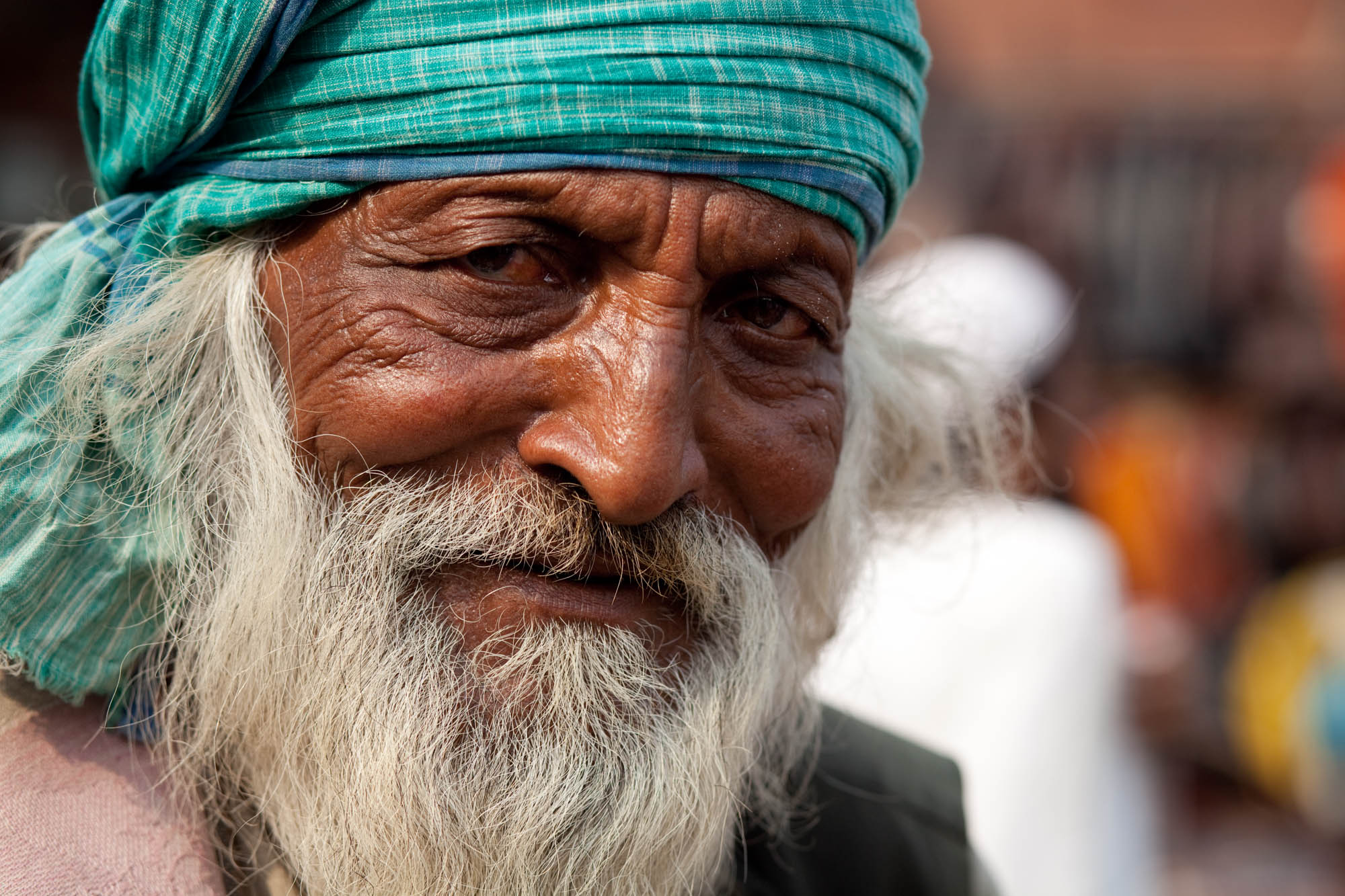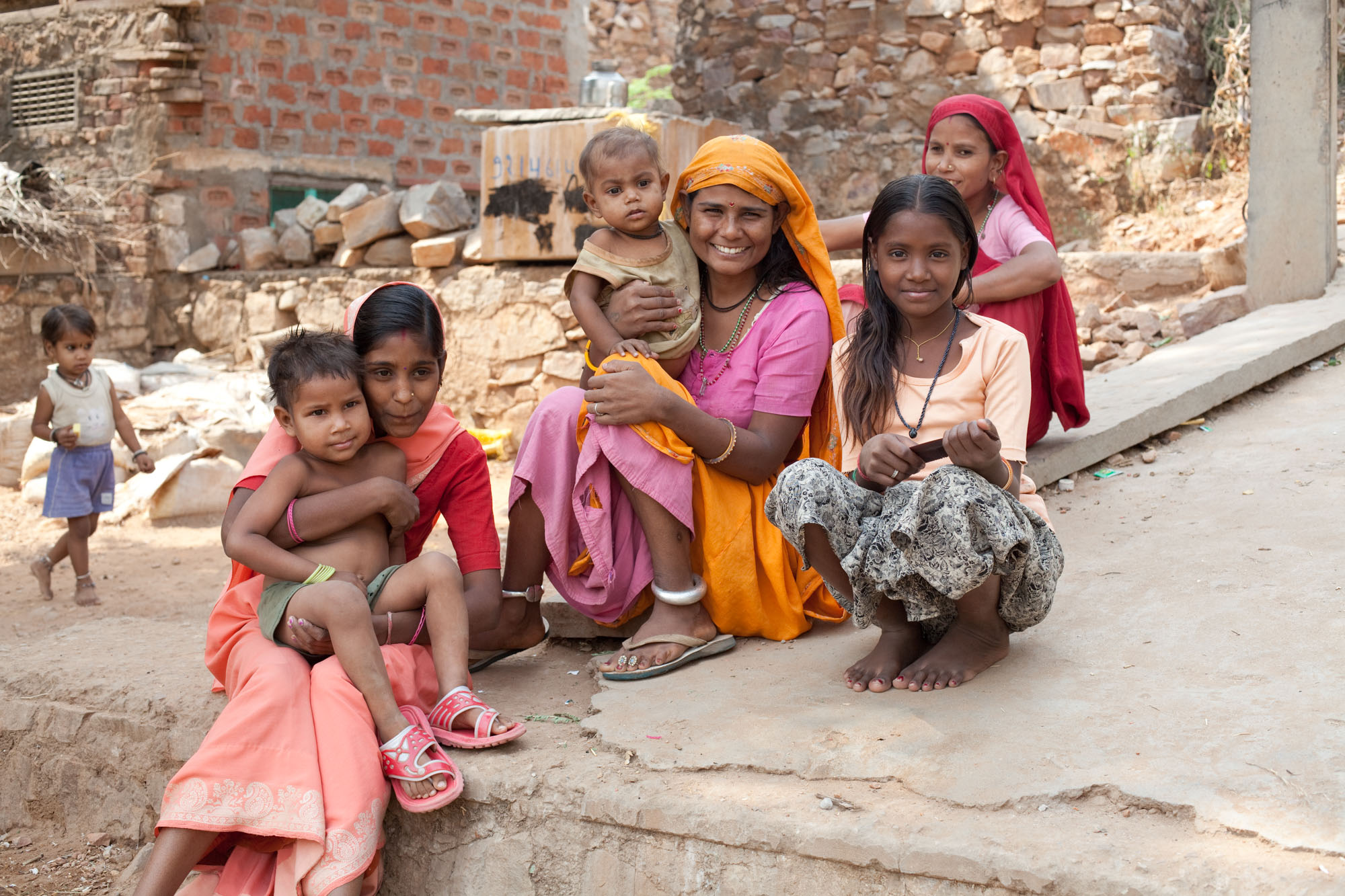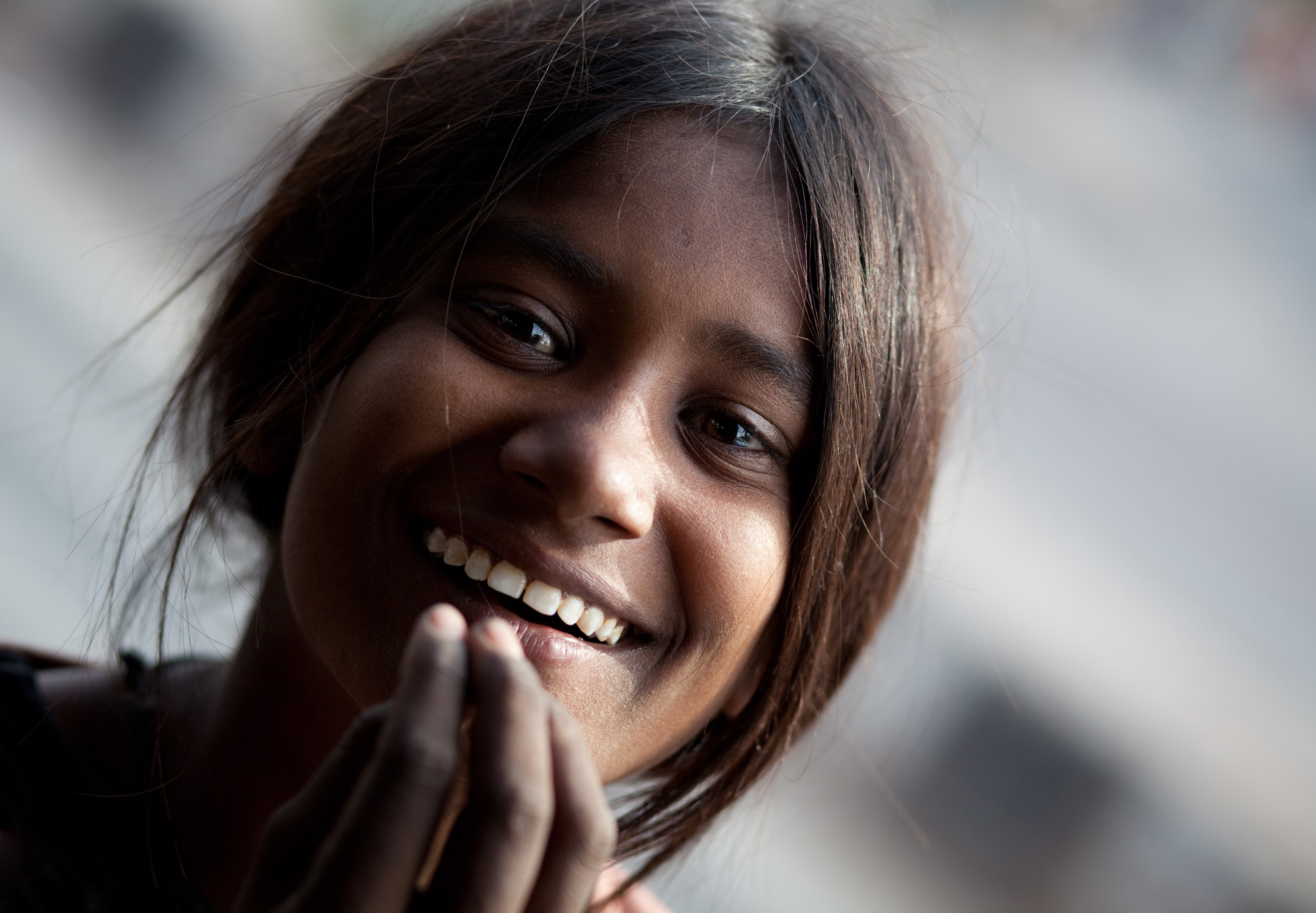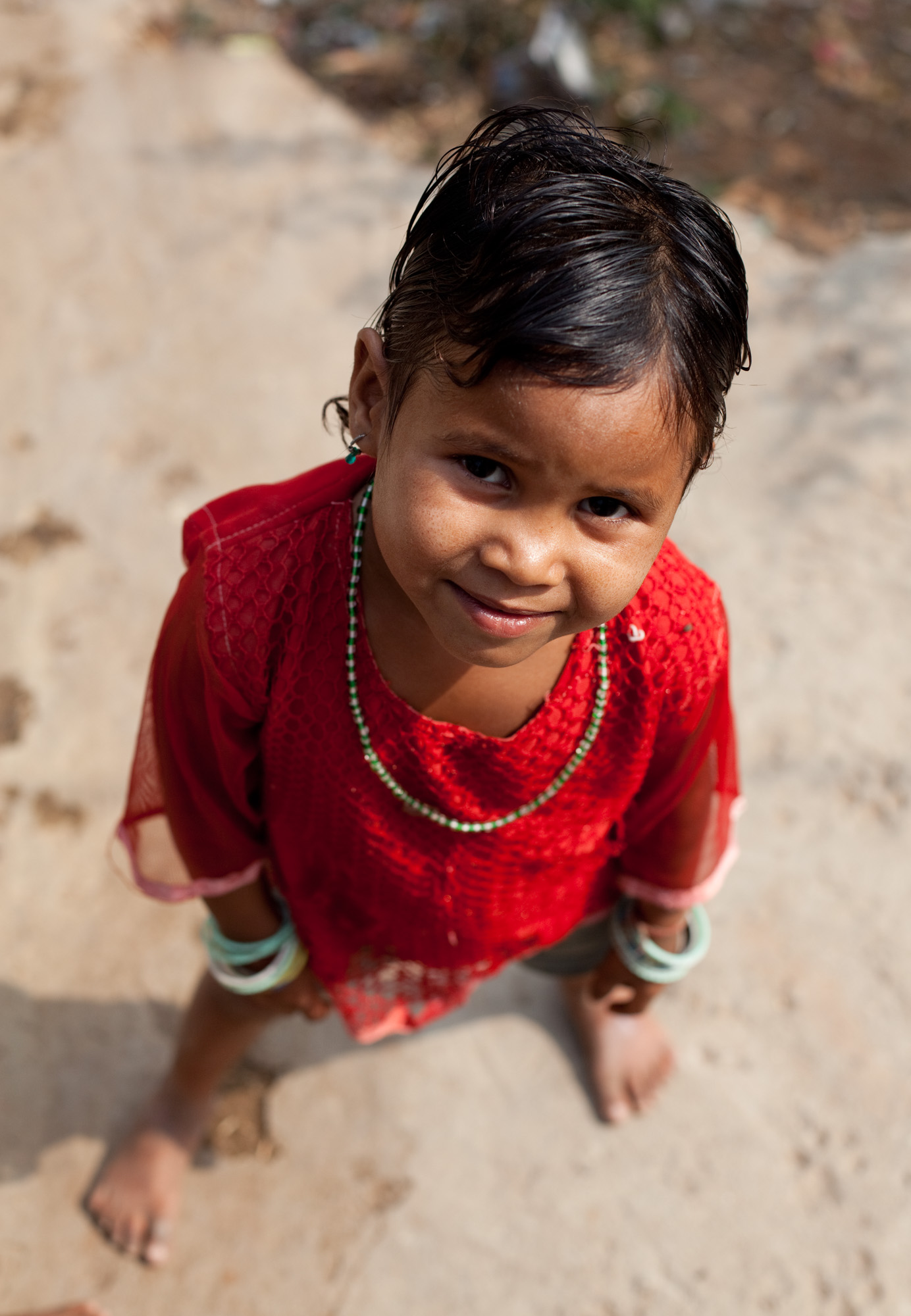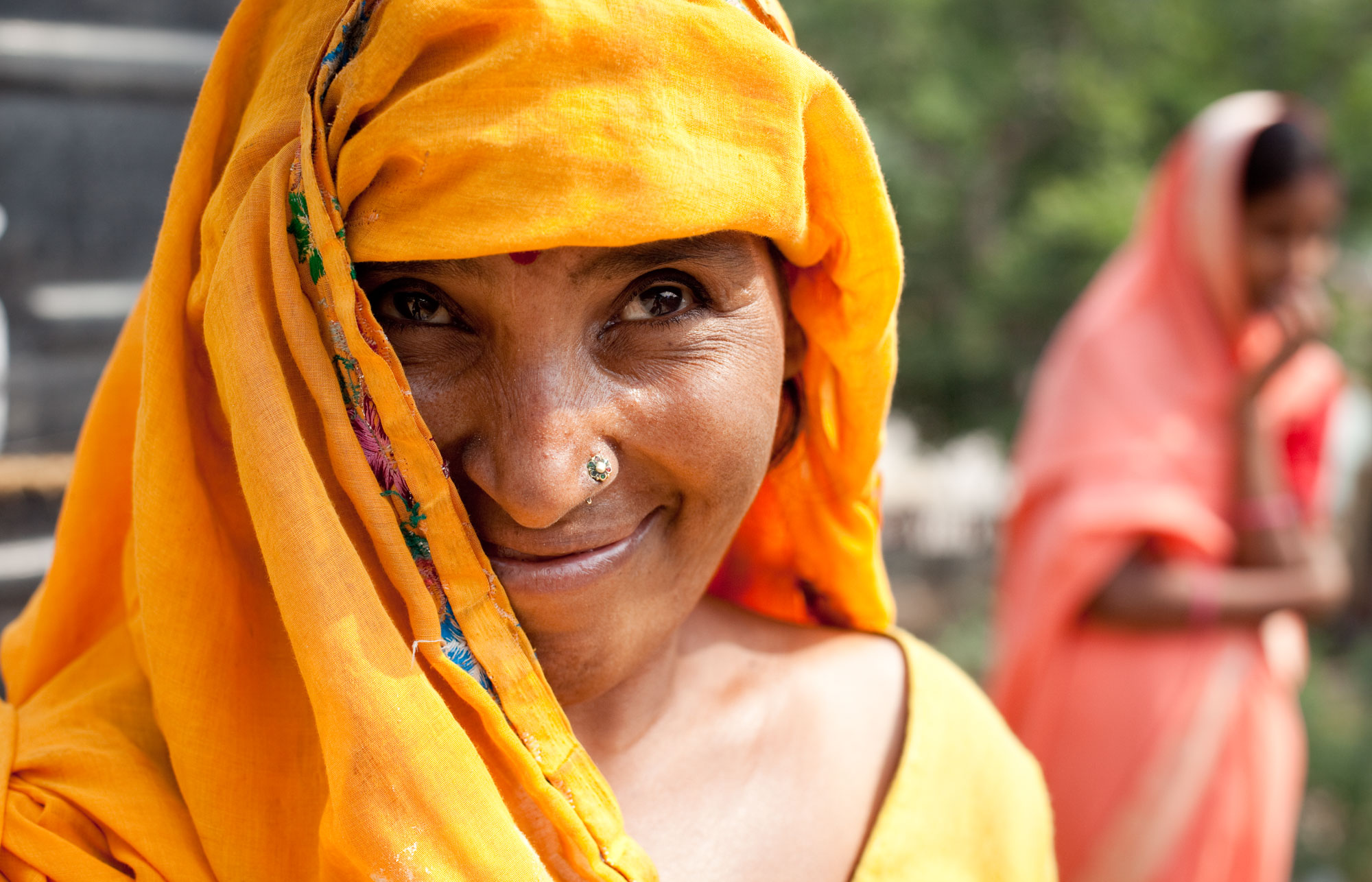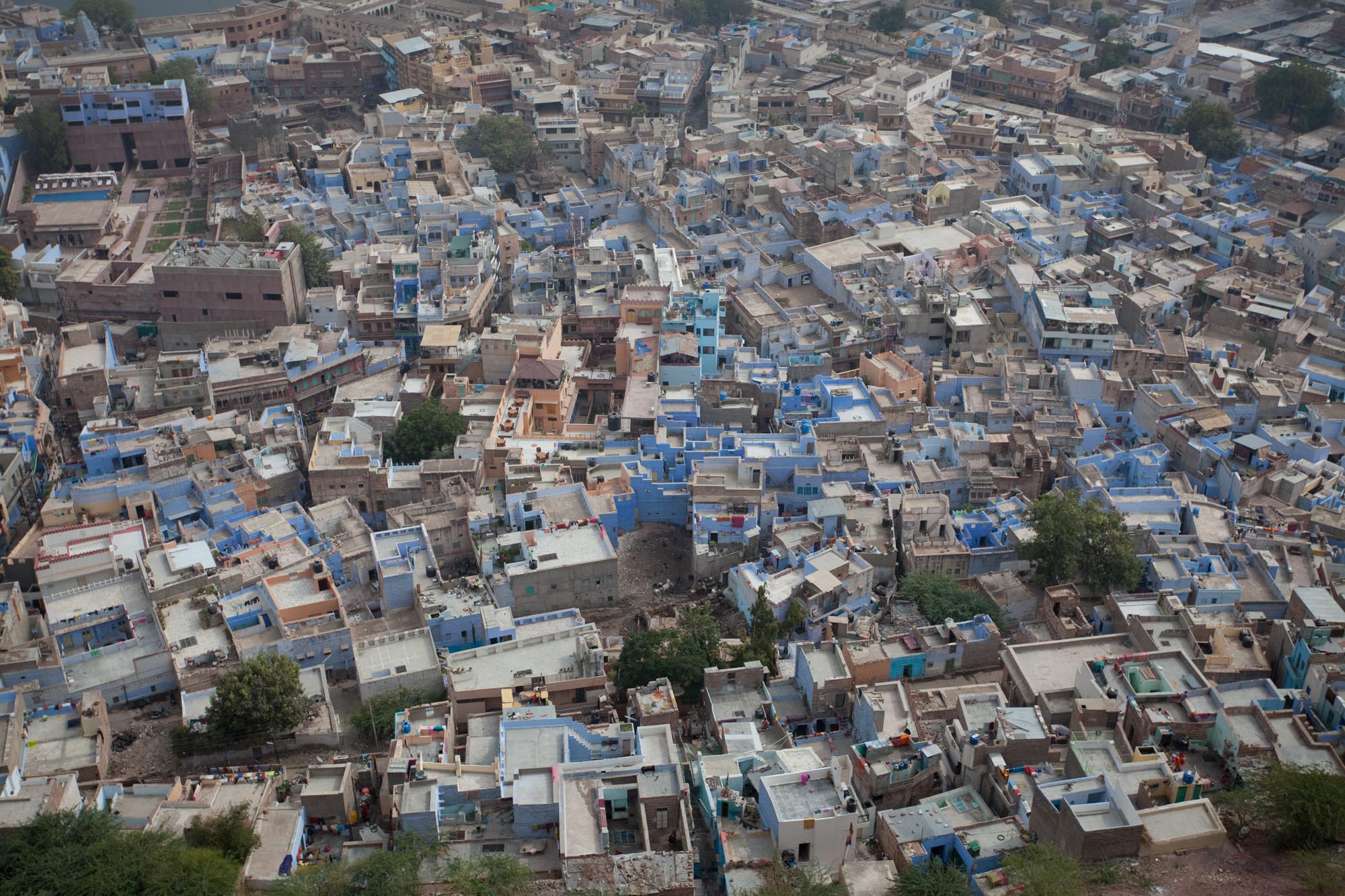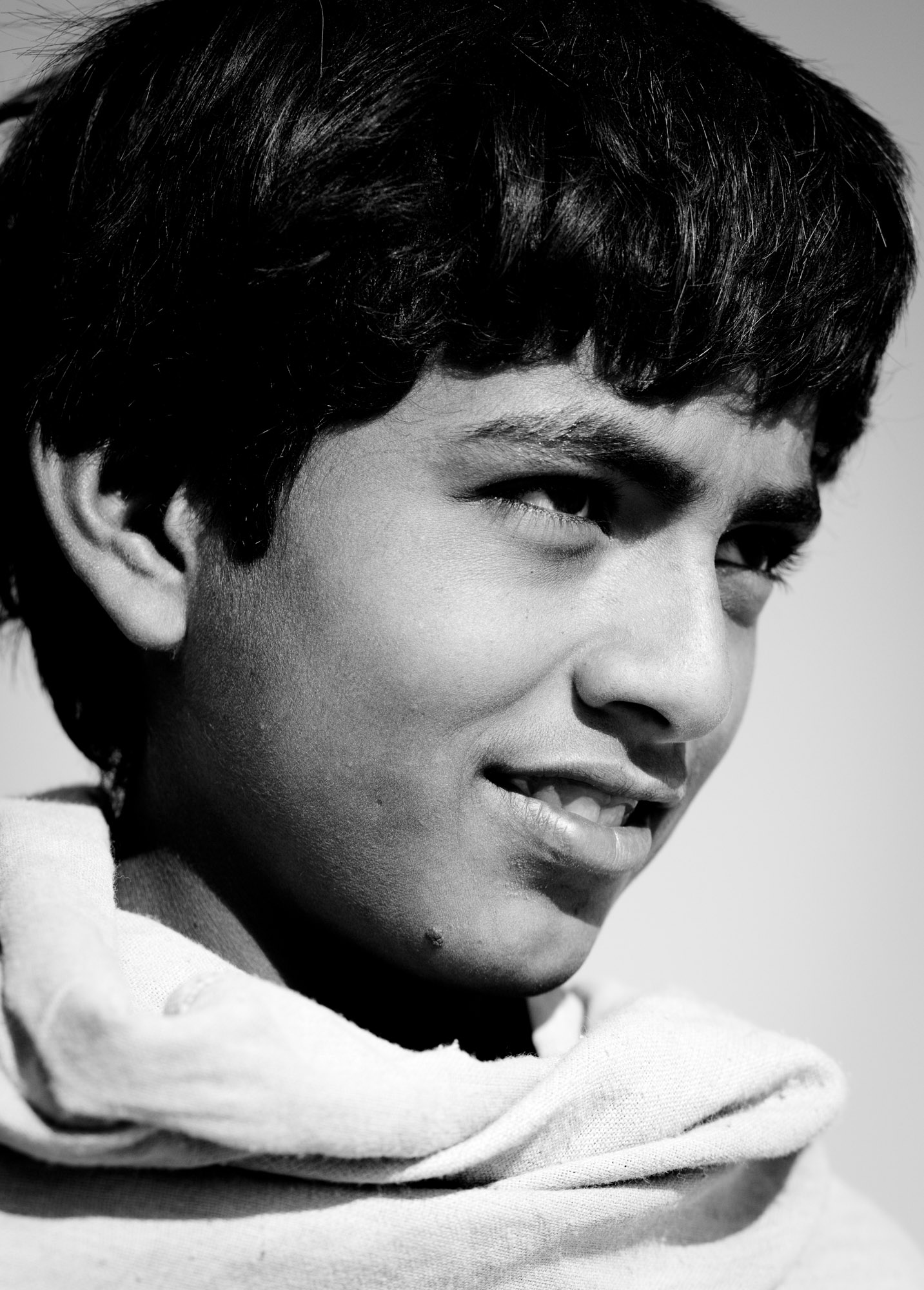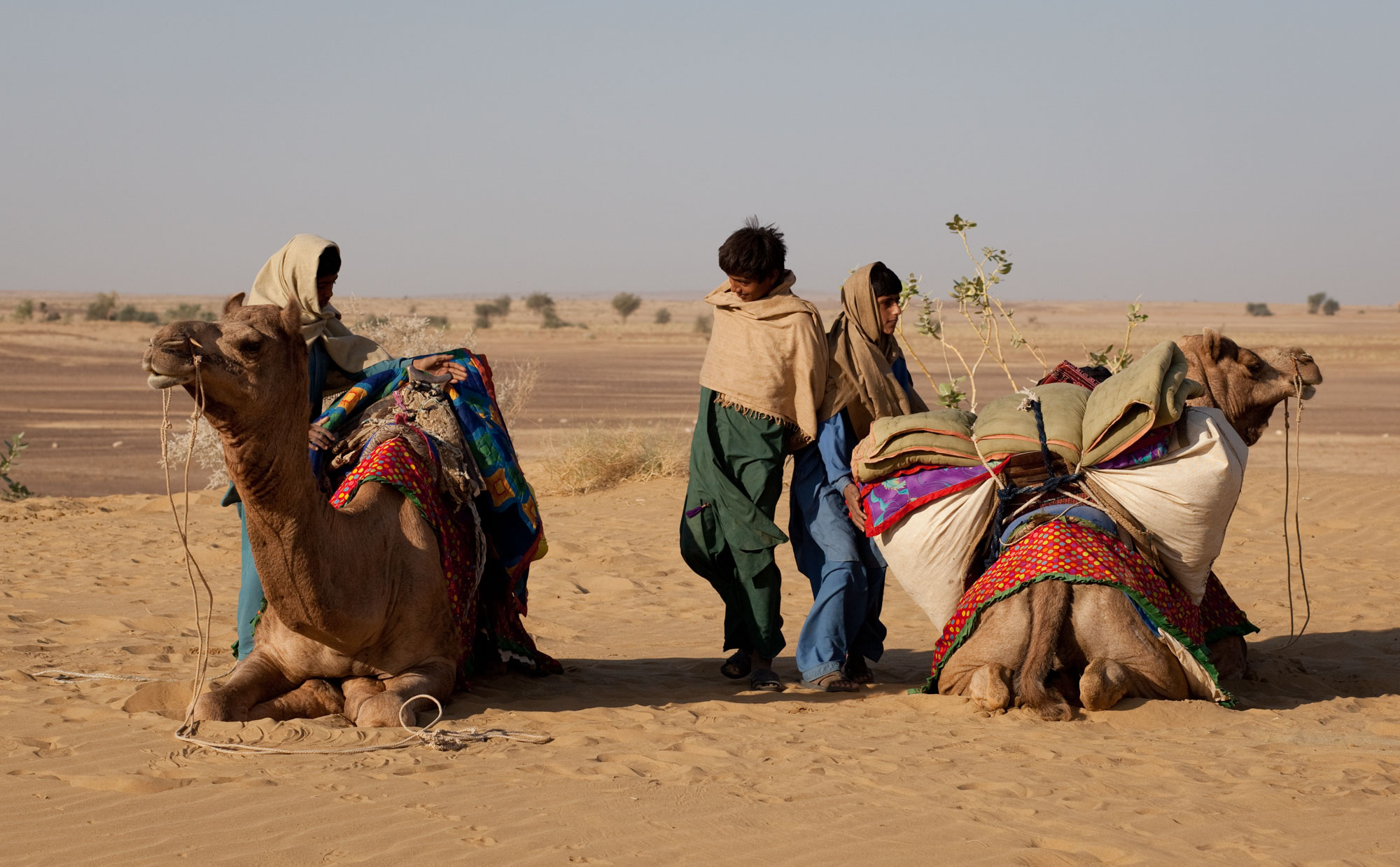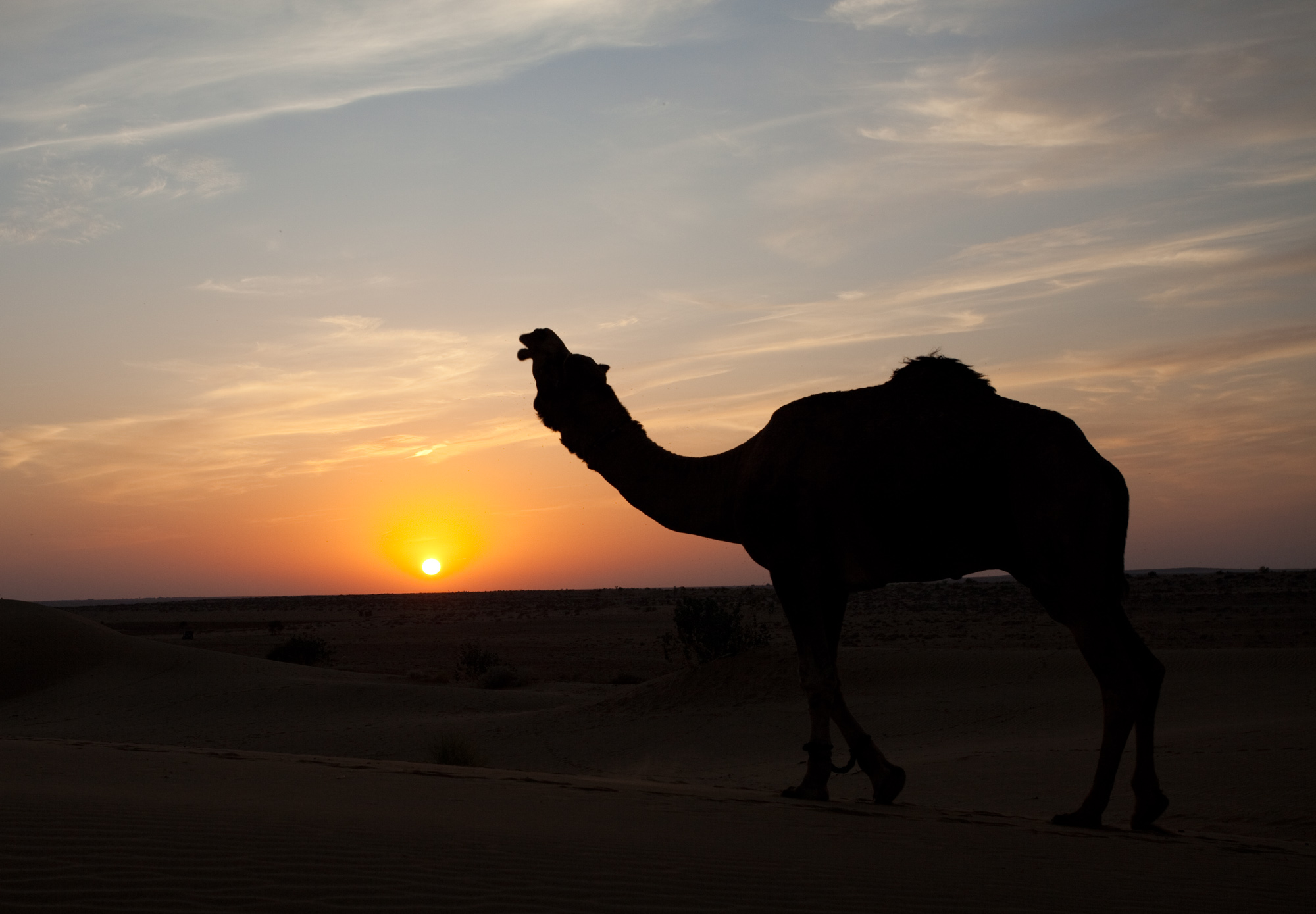“Cannon to right of them, Cannon to left of them… Into the valley of death rode the six hundred” (Alfred Lord Tennyson)
Well, on arrival at New Delhi airport, there were not six hundred backpackers (there were four to be precise)… and there were no guns. However, on exiting the arrivals terminal there was most certainly and onslaught. “Rickshaw Sir”, “Hotel Sir”, “Hashish Sir”. Deep breath, re-enter terminal, remember guide book… “It is far less stressful if you get a pre-paid rickshaw”. Ok I though, pre-pay it is. So, after finding the pre-pay counter time to try again… Good Lord, that was the pre-pay rickshaw area… this could get stressful!
After numerous discussions with various rickshaw drivers as to the whereabouts of my hostel (apparently it had burnt down, closed and the owner had died/been arrested… a bad day for the hostel it would seem), I finally found a driver who would take me where I wanted to go, or so I thought. Whilst he was willing, he unfortunately didn’t know where the hostel was, a problem in a city of over 16 million people. Nonetheless, after being deposited at the main bazaar and handing over my pre-pay voucher (the driver at least tried!) I finally found the hostel. “I didn’t think you’d make it” said the owner. “Apparently you died” I retorted. “Yes he said. I have died every day this week according to the rickshaw drivers! You’d better get used to that. You see I won’t pay the drivers commission”.
After settling in to what was a rather dingy room (but which is apparently the standard for Delhi hostels – you can’t complain at £4 a night), I decided to explore Delhi. Invariably this involved another rickshaw ride into the old town to see the Red Fort and, what I was told was an incredible mosque. After being kicked out of two rickshaws for not buying their full day tours and being threatened with the police being called for not paying the driver (easily solved by me actually calling the traffic police), I decided a new tactic was required. “How much to the Red Fort?”… “Sixty Rupees Sir”… “” I’ll pay you eighty if you just take me there with no tricks”… “Of course sir, I am no cheat man”. Job done, albeit that it cost me an extra twenty five pence (I can live with that).
Old Delhi, it seems, has far more charm than the newer side of town. The Red Fort used to be the military headquarters for the Northern Territories in India. Whilst structurally impressive, I think the military order of the building rather removed some of its charm although it is not hard to imagine the hustle and bustle of the place in centuries gone by. Far more interesting are the markets at the base of the Masjid-i Jama, the most impressive mosque I have ever seen. However, the first thing to strike me was the abject poverty of the place. Children and adults beg in their hundreds and there are more crippled people than I have seen anywhere else in the world. The sad truth is that in the interests of self preservation (if you give to one you will never escape them) you can’t give money to these people, despite their obvious need. However, the wonderful thing about the country is that however poor people are, nothing can hide their smiles.
Jaipur
After another day of Delhi sight-seeing it was time to move. A six hour train journey in what was a remarkably pleasant train took me to the “Pink City”, so called because the stone used is literally pink. Apparently the coloured stone help keeps mosquitoes away. As described further down, Jodhpur (the “Blue City”) also claims that the blue stone work keeps mosquitoes away. The reality, of course, is that the only thing that will keep the mosquitoes away are lashings of deet and incense coils! Even then they will still get you.
The first thing I noticed about Jaipur was the pollution. Whilst undoubtedly in part due to the incessant non-catalytic converted traffic, an oil refinery had apparently exploded on the edge of town the week before (apparently these things happen in India!).
The main attraction of Jaipur (as with most of Rajasthan) is the spectacular palace with accompanying fort overlooking the city. Besieged by the British, the fort has the biggest canon in Asia which was capable of firing 35km, a frightening prospect in the 1800s. These days however, it is home to the burgeoning population of monkeys. The city itself is rather unpleasant, being home to many hawkers. However, walk away from the main arterial roads for five minutes and you will stumble across the local life style where tourists (not often venturing to such parts of the city) are more of a fascination than a target. Again, the same rules about giving to the children apply. However, there is less of a mercenary feel to proceedings and, a swift change in tone of voice immediately lets them know when they’ve gone too far. However, much to my delight, if there is one thing they enjoy more than asking for money, it is having their photo taken. The shrieks of laughter at seeing themselves on screen is really a pleasure. I decided that, as with most countries in the developing world, the people hold more of a fascination than the imposing monuments and architecture (which in themselves are often symbols of oppression in any event). With this in mind, it was time to move on but to somewhere a little quieter. Guide book open “Bundi – a backpacker haven but otherwise relatively untouched by tourists”… perfect.
Bundi
Perhaps my best piece of advice to those going to India is, wherever possible, use the trains and avoid the busses. Indian bus rides leave you feeling like you have been assaulted. Built like tanks (they have to be when you see the roads), comfort is not the primary consideration. The other wonderful thing about Indian roads is that so long as you use the horn, you can drive in as reckless a manner as you like. Sometimes in life, ignorance is definitely bliss. By this I mean don’t watch the road… it will give you palpitations (particularly when you see the size (and weight) of a Tata goods truck).
On arrival, I made my way to the R.N. Haveli hostel. Arriving late the only room remaining was on the roof. Rough and ready and with a corrugated iron roof, this was right up my street and cost only 250 Rupees a night. Basic but charming, there was even an early morning wake up call from the town monkeys who find the roof of the room the perfect place to fight every morning.
The hostel itself is run by a grandmother/grand daughter combination with members of the family still living in the building. The rather eccentric (I suspect senile) grandmother (”Mamma”) has an interesting story. Originally from a farming family her husband died at 36 of a heart attack. Consigned to what would otherwise be a life of poverty (particularly given she has four daughters for which dowry’s were payable) she decided to run a hostel (something which was unheard of for a woman at the time and which resulted in a substantial amount of social exclusion). However, success breeds acceptance in India. Now listed as the Lonely Planet pick of Bundi the family is, relatively, wealthy and were a pleasure to be around. The other interesting social factor about India is the arranged marriage system. Whilst I suspect this is disappearing from the metropolitan areas in the south, it is still an integral part of the Rajasthan culture. However, what really surprised me was the excitement that the granddaughter had about an arranged marriage and the look of horror on her face when we discussed whether she would prefer a “love marriage”. It seems we look for something very different in the west.
Udaipur
Taking the night bus from Bundi to Udaipur produced possibly the worst bus ride of my life. When the “real India” hits you, you definitely know about it. All I will say is thank God for Imodium, thank God it was dark and thank God the bus driver was ok with stopping the bus at regular intervals (which I might add he and his friends found highly amusing – I can assure you however that there was nothing amusing about it)!
The “Venice of the East” (except that a large proportion of the lake has dried up), Udaipur consists of the most lavish of palaces and some of the poorest suburbs in Rajasthan. It also has a hotel which served chicken and bacon club sandwiches. Despite costing the equivalent of 3 nights accommodation, this was pure bliss following the mishaps of the bus journey!
After a few days of “recovery” (more rest than recovery – I am still “recovering” as I write this blog) it was time for yet another bus journey, this time to Jodhpur.
Jodhpur
The “Blue City” – it is literally blue – used to be a previous capital of Rajasthan. It was settled for its strategic advantages, that being a huge rock in the middle of the city upon which the Maharaja built his fort. Never breached, it is a fearsome structure. However, the structure’s fearsome structure has nothing on a past Maharaja’s wife. In the days of death and glory the Maharaja, after losing a battle against the Jaipur armies, fled to the fort. Apparently losing was not acceptable to his wife who banished him from the bedroom. Fortunately for the Maharaja, the concubines were less scathing (it must have been tough being a royal).
For the first time in India my legal skills were called upon. “Do you think you could take a look at the wording of this” asked the hostel owner as I was checking my email. “Do I get a free meal (I had hardened to negotiating hard at this stage)”. “No”. Nonetheless I took a look at what he was writing… “Cosy’s is a fantastic hostel to stay in and the staff are really friendly and helpful. I would really recommend this hostel… a German tourist”. Suggesting maybe that a German tourist would write a review in German, not English (a point well taken), I made a mental note never to trust a hostel review again.
Jaisalmer
The home of camel trekking (and accessible by train – what a relief) the city itself is built inside of the city fort (although there has been subsequent expansion). The station to the town also has an excellent form of tout control. The touts line up behind a white line a suitable distance from the platforms and if they cross the line in the surge towards the tourists a rather aggressive looking army sergeant beats them back with a stick. The May day riots policing has nothing on this guy. Whilst I am generally averse to violence, every principle has its exceptions and from a tourist perspective the system is marvellous. Amnesty International may however disagree.
After a bit of haggling with the hostel I booked onto a camel trek for two days. I suspect that camel trekking comes somewhat more naturally to women than men. For the first time in my life I perfected the John Wayne walk perfectly. However, the trekking generally was fantastic. The silence after the noise of the city was deafening (broken only by the sound of belching camels and by the occasional Indian fighter plane patrolling the Pakistan boarder) and sleeping on the dunes of the Thur desert was unquestionably the best night’s sleep of the trip.
The return from the desert signalled a long (20 hour) train journey back to Delhi. After three weeks it was definitely time to go. On arriving at the airport (life apparently becomes easier with the taxi drivers when you leave the country) I was salivating at the prospect of some western microwaved food on the Virgin flight back. How disappointing therefore to be offered curry or curry with side dishes of what I can only describe as looking like the remnants of the Chernobyl disaster it was so luminescent. Accompanied by a Richard Branson promotional video stating how Virgin is still “Red Hot” (almost sadistic considering the state of my stomach) after 25 years it shall take a seriously good offer for me to fly Virgin again. Not impressed Sir Richard.
Conclusions
Culturally fascinating, physically exhausting, emotionally intense, medically testing, photographically magical… this is Rajasthan. Will I go back to India? In truth, probably not. I think it is a country you either fall in love with or simply learn to tolerate and if it is the latter it is not for you. A beach holiday it is for me next… maybe…
